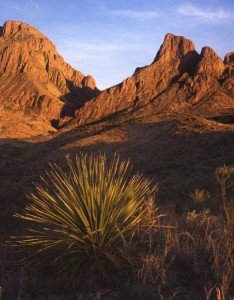In crafting music that speaks from the heart, I often reflect on the words of Wolfgang Amadeus Mozart. In a letter to his father dated November 8, 1777, Mozart wrote:
I cannot write poetically, for I am no poet.
I cannot artfully arrange my phrases so as to give light and shade.
Neither am I a painter;
Nor can I even express my thoughts by gesture and pantomime, for I am no dancer.
But I can do so in sounds.
I am a musician.
This profound declaration inspired me to create a collection of pieces I call Love Letters. Each piece is a musical expression lasting approximately 3-5 minutes, dedicated to someone dear to me. These compositions are my way of conveying emotions and memories that words alone cannot capture.
A Love Letter: To the Lady I’m with 20 Years is a tribute to my wife, commemorating our 20th wedding anniversary. The inspiration for this piece stemmed from our unforgettable journey through Turkey and Greece. Composed in binary form, the piece is thoughtfully divided into two distinct sections:
- Section A: The Essence of Turkey The ‘A’ section embodies the rich cultural tapestry of Turkey, reflecting its land and air. To develop this section, I immersed myself in Turkish music, exploring its unique modes and intricate rhythmic patterns. Two traditional Turkish melodies served as particular inspirations. While Turkish modes often incorporate microtones, I sought to evoke their distinctive flavor by incorporating Bb and C# within a melody centered in A major. This melodic framework is harmonized using the Western-style D harmonic minor, creating a bridge between Eastern and Western musical sensibilities.
- Section B: The Serenity of Greece Transitioning to the ‘B’ section, the composition captures the serene beauty of the Greek sea and its islands. I drew upon ancient Greek melodies, including one that resonated deeply from my college studies. This section is set in E minor and utilizes plagal cadences (IV-I) to convey a sense of resolution and tranquility. Additionally, the incorporation of whole-tone scales introduces a shimmering, fluid quality, reminiscent of the gentle waves and the timeless allure of the Greek islands.
Through A Love Letter: To the Lady I’m with 20 Years, I aim to celebrate not only two decades of marriage but also the enduring beauty of the places that visited celebrating our commitment to each other. This piece stands as a musical testament to love, memory, and time.
A Love Letter: To the Lady I'm with 20 Years




